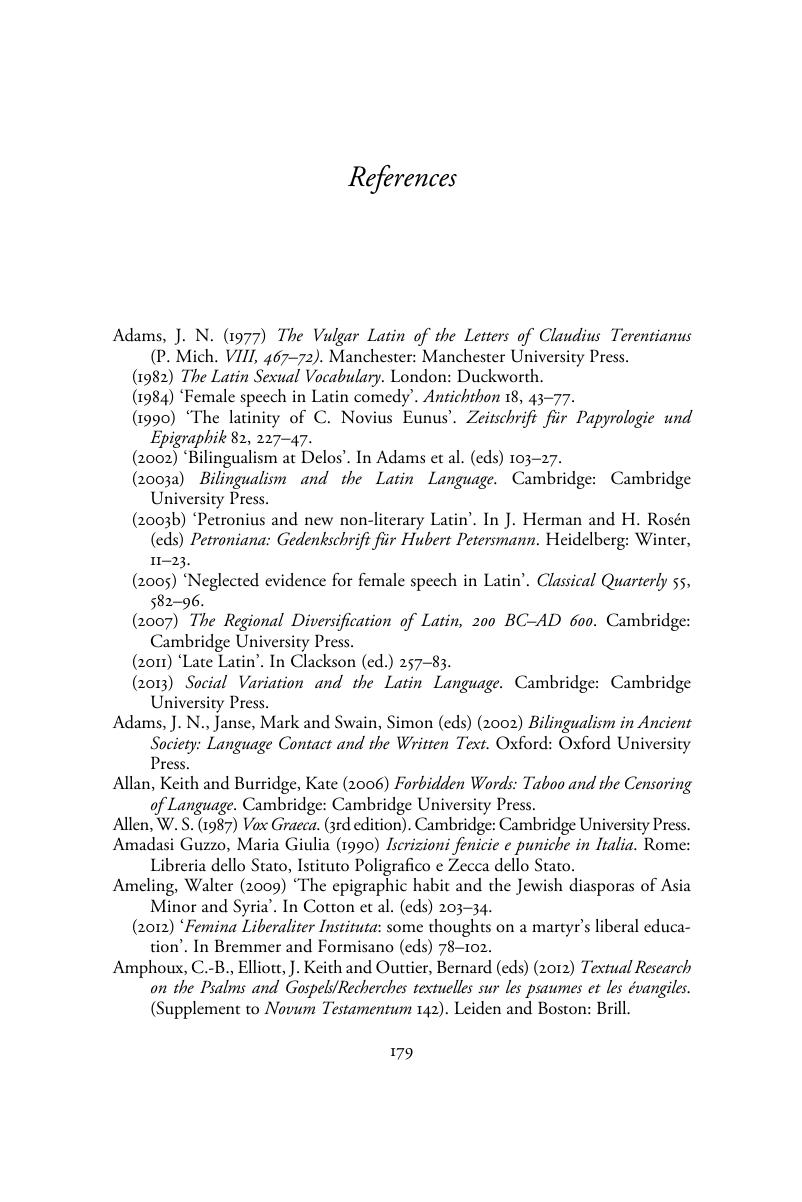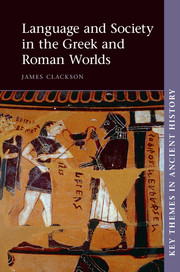Book contents
- Frontmatter
- Contents
- List of maps
- List of figures
- List of tables
- Acknowledgements
- List of abbreviations
- 1 The linguistic ecology of the Mediterranean
- 2 States of languages/languages of states
- 3 Language and identity
- 4 Language variation
- 5 Language, gender, sexuality
- 6 The languages of Christianity
- Conclusion: Dead languages?
- Bibliographic essay
- References
- Index
- Plate Section
- References
References
Published online by Cambridge University Press: 05 May 2015
- Frontmatter
- Contents
- List of maps
- List of figures
- List of tables
- Acknowledgements
- List of abbreviations
- 1 The linguistic ecology of the Mediterranean
- 2 States of languages/languages of states
- 3 Language and identity
- 4 Language variation
- 5 Language, gender, sexuality
- 6 The languages of Christianity
- Conclusion: Dead languages?
- Bibliographic essay
- References
- Index
- Plate Section
- References
Summary

- Type
- Chapter
- Information
- Language and Society in the Greek and Roman Worlds , pp. 179 - 200Publisher: Cambridge University PressPrint publication year: 2015



